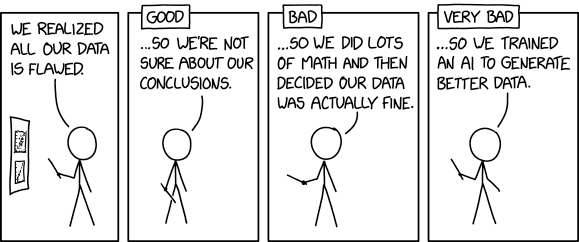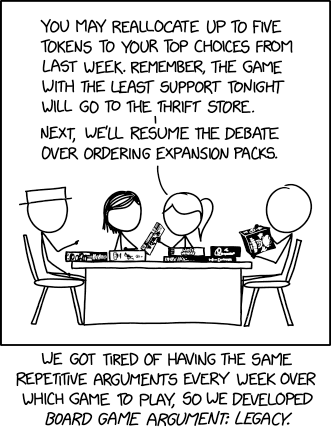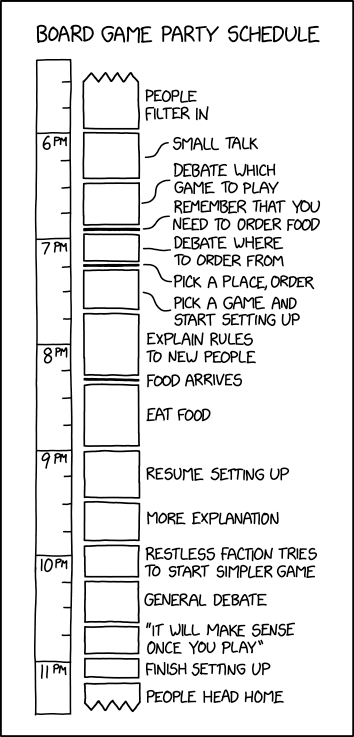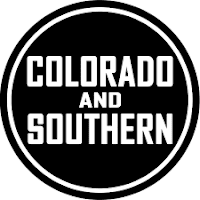 |
| Redtail Hawk, one of a mated pair that lives in one of our neighbor's trees and regularly hunts over the field behind our house. |
The Redtail Hawk is riding the thermals constantly scanning for his next meal. I have been feeling much the same this past week or so, scanning for information and sometimes finding it. Let's just say if I was the hawk I'd be really hungry most of the time.
I have continued to dig for information on Colorado mountain passes, maybe to much but some sources have at least been revealed. The first was a long shot a book by Larry Rynearson called Colorado's Historic Mountain Passes. It has some good information and even information that is helpful but its definitely not the definitive resource I would like it to be.
While I was scouting around for maps I stumbled across across a couple of pdf documents that apparently came from the USGS. There are 11 in total but I have only been able to find two and they don't cover the entire state, most of the western third is missing including the SW corner which is a pain since its a big focus for Colorado railroading from a mining standpoint. The first pamphlet is: "Historic Trail Map of the Leadville 1 (degree) x 2 (degree) Quadrangle, Central Colorado", the second one is the "Historic Trail Map of the Denver 1 (degree) x 2 (degree) Quadrangle, Central Colorado. These maps and the supporting pamphlets were prepared by Glenn R Scott. There was an anniversary edition including all 11 maps in 2004 but I haven't had any luck in finding it.
The maps are great but the most interesting aspect is the sure amount of historical information that is included which far outweighs the value of the maps. The information includes all the mountain passes in the area and how they can be accessed (foot, road via 4WD, road via car, railroad built on it, railroad still present etc.), not to mention all the wagon toll roads that proceeded the railroads. There is just a wealth of information to be had. Now if I could just find the rest of the pamphlets and maps.
Here is a bit of an example of the information included about a pass:
Argentine Pass (In 1860s' called Sanderson Pass; in 1870's called Snake River Pass, also Georgetown Pass), 13,207 feet. On the Continental Divide between Peru Creek and old Decatur in the Peru Creek Mining District ad Leavenworth Creek and Georgetown in SE 1/4 sec. 9, T. % S., R. 75 W., Clear Creek and Summit Counties. Jeep trail on the east side and foot trail on west side
What it doesn't say is if it was surveyed as a possible railroad pass. However, at 13,207 feet of elevation the answer is likely no or it was deemed to be a useful route.
Here is another example for a pass that did carry a railroad line:
Boreas Pass (earlier Tarryall Pass, Hamilton Pass, or Breckenridge Pass), 11,481 feet. From Tarryall Creek and Como to Indiana Creek branch of Blue River and Breckenridge, NW 1/4 sec. 26, T. 7S., R. 77W., Park and Summit Counties. Railroad built over pass in 1881 (Brown, 1972, p.58). Auto road - closed in winter.
At least it gives me something to work with and since it includes references it should help the search for more information.
Something else I have been working on is transcribing the rules for 1869; The Golden Spike. This was the first 18XX game I worked on with my ex-father in law, Colin Barnhorst. Unfortunately I can't find my copy but I was able to acquire a set of the beta rules that had been converted to pdf. I took the trouble of retyping the whole thing since the scan wasn't very good, mostly to jog my memory on what we had done. We published this in 1996 and there are maybe 40 copies or so out in the world. I have been toying with the idea of publishing it again, but I need to track down an individual who I gave permission to re-publish it. I don't know if there are any of his versions out there or not but I at least need to see what happened there. This time I will include some designer notes in it, tough after 25 years, but we introduced a lot of concepts that make it a very different 18XX game.
So there you go, a small update on the nonsense that has been running around in my head.
























